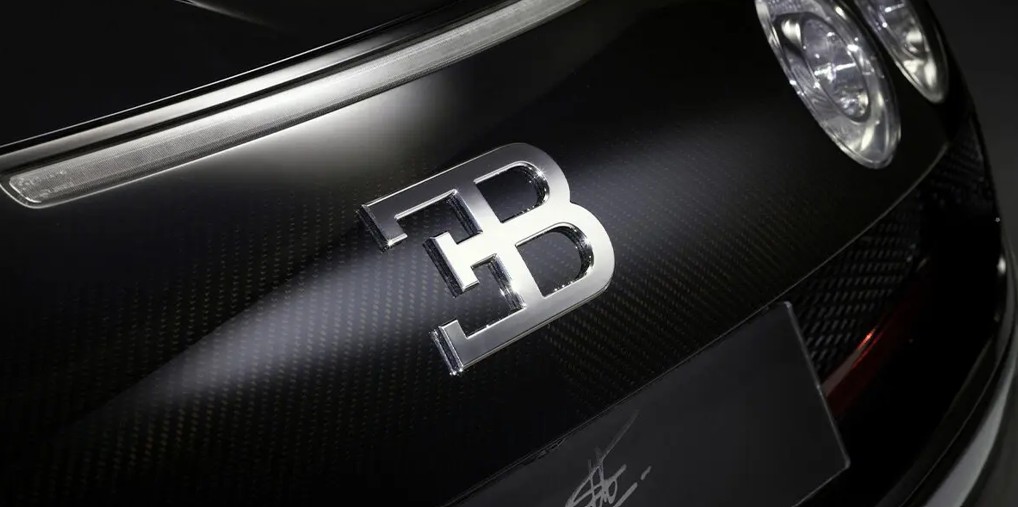
What’s in a name? For car enthusiasts, the word “Bugatti” evokes an immediate and powerful image: the pinnacle of automotive performance, a fusion of art and engineering, and a price tag that exists in its own stratosphere. But to see Bugatti only through the lens of its modern 300+ mph hypercars is to miss a far richer and more dramatic story.
The history of Bugatti is a tale of genius, tragedy, resurrection, and an unwavering commitment to a singular philosophy: creating the absolute best, without compromise. It’s a story that spans over a century, with chapters written in Molsheim, France, and defined by the vision of one extraordinary man.
Chapter 1: The Artistic Genius of Ettore Bugatti
Our story begins not with an engineer, but with an artist. Ettore Bugatti was born into a family of acclaimed artists in Milan, Italy, in 1881. While he possessed a mechanical mind, his approach to car design was forever shaped by this artistic heritage. For him, a car was not just a machine; it was a moving sculpture, a piece of art to be experienced.
In 1909, at the age of 28, Ettore established Automobiles E. Bugatti in the town of Molsheim, in the Alsace region (then part of the German Empire). From the very beginning, his creations were different. They were characterized by exquisite design, technical innovation, and a level of craftsmanship unheard of in the automotive world.
The cars were instantly recognizable. Ettore’s engineers were often told, “The horse is made of the parts left over after assembly,” meaning every component, even those hidden from view, had to be beautifully finished. This mantra birthed icons like the elegant Type 35 Grand Prix race car. With its distinctive arched radiator and alloy wheels, the Type 35 wasn’t just fast—it was beautifully fast. It went on to become the most successful racing car in history, with over 2,000 victories.
Then came the Type 41 Royale. Perhaps the ultimate expression of Ettore’s ambition, it was a car built not for the masses, but for royalty. Everything about it was colossal: a 12.7-liter straight-eight engine, a wheelbase longer than a modern Rolls-Royce Phantom, and a price so astronomical that only six were ever built. The Royale was a statement: Bugatti was, and would always be, le pur-sang (the thoroughbred) of automobiles.
The Dark Valley: Decline and Silence
Tragically, the brilliance of the early years was not to last. The death of Ettore’s son, Jean Bugatti—a talented designer in his own right—in 1939 during a test run of a race car was a devastating blow. followed by the hardships of World War II, the company never recovered. Ettore Bugatti passed away in 1947, and the iconic marque slowly faded into silence after a few final attempts at production.
For decades, the Bugatti name lay dormant, a ghost of a bygone era of motoring elegance, remembered only by collectors and historians.
Chapter 2: The Italian Revival & The EB 110
In the late 1980s, an Italian entrepreneur, Romano Artioli, acquired the rights to the Bugatti name. Dreaming of reviving the legend, he built a state-of-the-art factory and assembled a dream team of designers and engineers. The result was the Bugatti EB 110 GT, unveiled in 1991 to celebrate Ettore Bugatti’s 110th birthday.
It was a car ahead of its time: a quad-turbocharged V12 engine, all-wheel drive, and a carbon fiber chassis—a first for a production car. It was ferociously fast, claiming the title of the world’s fastest production car. Yet, despite its technological marvel, the project was launched during a global economic recession. Financial troubles forced the company into bankruptcy by 1995, and the dream was once again put on hold.
Chapter 3: The Volkswagen Era: Redefining the Possible
The modern Bugatti saga, the one that has dominated headlines for the past two decades, began in 1998. The Volkswagen Group, under the leadership of Ferdinand Piëch, acquired the Bugatti brand with an audacious goal: to build the fastest, most powerful, and most exclusive production car the world had ever seen.
The mission was not just about speed. It was about resurrecting Ettore’s philosophy for the 21st century: unparalleled quality, breathtaking design, and a level of luxury that matched its performance.
The project culminated in 2005 with the Bugatti Veyron 16.4. Its numbers were, and still are, mind-boggling:
- 1,001 metric horsepower
- A top speed of 253 mph (later increased to 267 mph with the Super Sport version)
- 0-60 mph in 2.5 seconds
But the real story was the engineering. To achieve this, Bugatti had to invent new technologies to manage the immense heat, aerodynamic forces, and tire stresses. The Veyron wasn’t just a car; it was a moonshot project that redefined the boundaries of the automotive industry. It was a statement that Bugatti was back, and it was more dominant than ever.
The Legacy Continues: Chiron and Beyond
The Veyron’s successor, the Bugatti Chiron, arrived in 2016, pushing the boundaries even further. With 1,500 horsepower, it was designed to smash the 300 mph barrier—a feat it achieved in 2019 with a modified Chiron Super Sport 300+ hitting 304.773 mph.
Today, under the stewardship of Bugatti Rimac, the brand continues to evolve, creating ultra-exclusive, coach-built masterpieces like the Centodieci and La Voiture Noire that pay homage to its iconic past while looking firmly toward an electrified future.
The Thread That Binds It All
From the hand-beaten aluminum body of a Type 57 SC Atlantic to the carbon-fiber monocoque of a Chiron, the core Bugatti values have remained astonishingly consistent: art, innovation, and the relentless pursuit of the exceptional.
The story of Bugatti is a reminder that true luxury is not just about price or speed. It is about passion, heritage, and the uncompromising belief that a machine can be a masterpiece. It is, and always will be, le pur-sang.







